
SALTAPS is an acronym generally used in sports first aid to check if a player needs to rest and be removed from play or can continue. However, it can be used to assess all minor injuries, not just those acquired on the sports field.
What does SALTAPS stand for?
As with all acronyms, each letter of SALTAPS stands for a different word or phrase, in this case they are see/stop, ask, look, touch, active movement, passive movement, and strength..
See/Stop
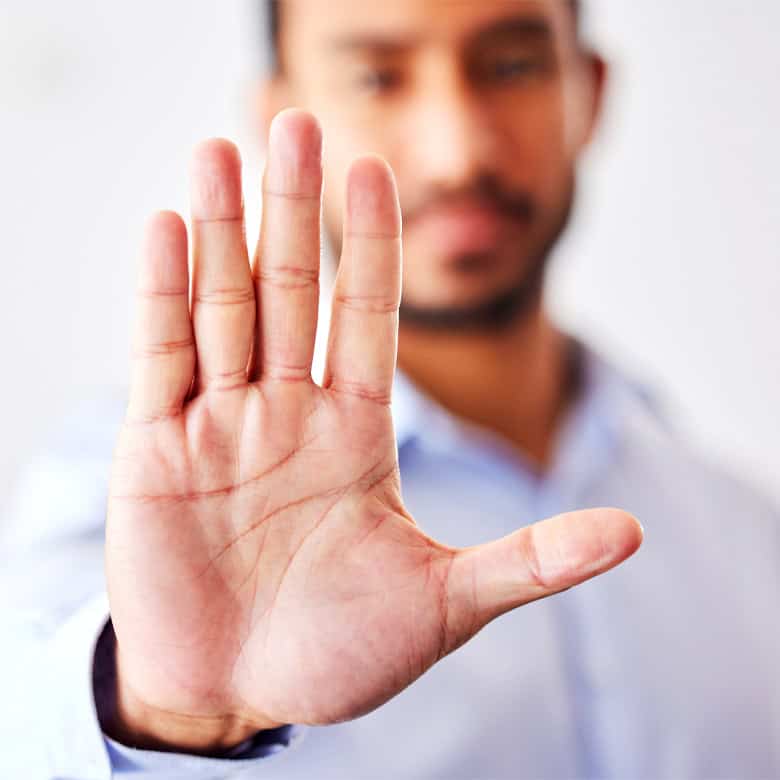
This step is where you will see the injury happen and stop play.
It is used as an initial assessment of the situation and to see how the injury may have affected the player; then by getting play stopped so that the first aider can attend to the injured person.
Ask

If the injured player is still conscious, this is the step you as the first aider will be asking questions. Initially it will be asking for consent to treat them, afterwards it will be things like:
- What happened?
- Did anyone see what happened?
- Questions to check for a concussion. For example, what is the date today?
- Do you remember how the injury happened?
- What is the pain level?
It is a way to assess the extent of the injury, review their posture and facial expressions, while also checking if they can still talk properly and are alert.
Look

This is where you look closely at the injury sight for any signs of damage, such as:
- Bleeding
- Discolouration
- Bruising
- Swelling
- Bone/joint deformity
- Muscle spasms
This will help to assess the severity of the injury.
Touch
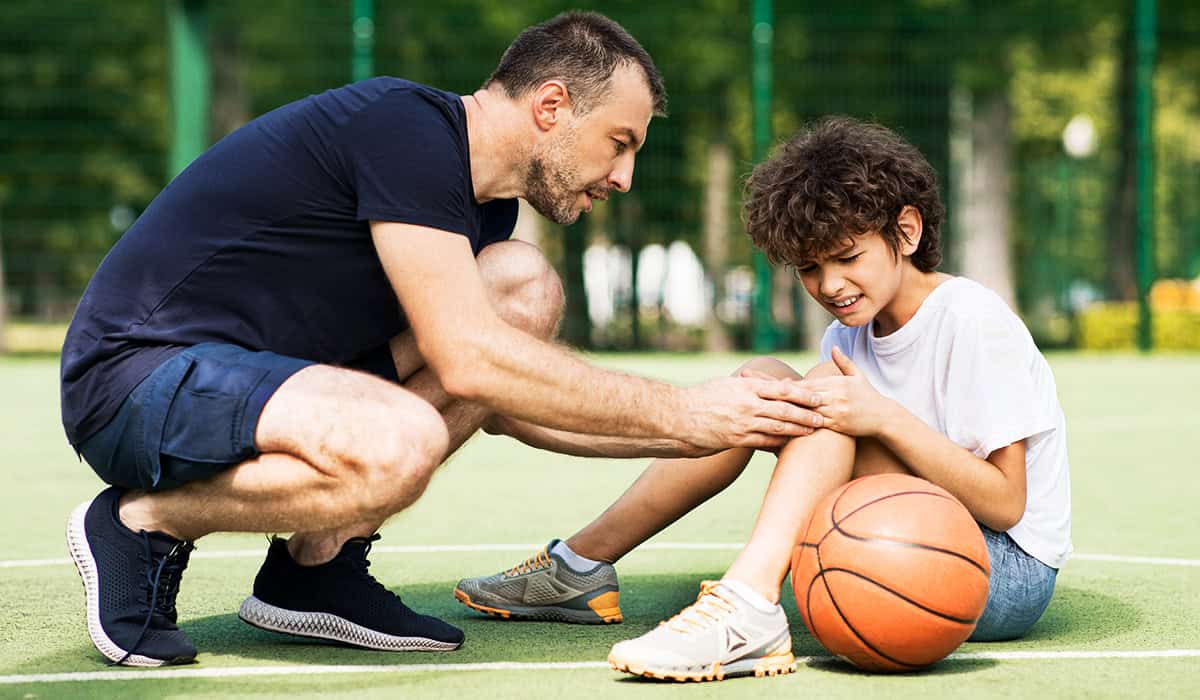
If the casualty gives permission, this is when you would touch the site of the injury. Remember to touch gently to determine where the pain is coming from and if there is any change in temperature at the site.
Note the player’s reactions to the injury being touched to determine what the pain level is for the injury.
Active Movement
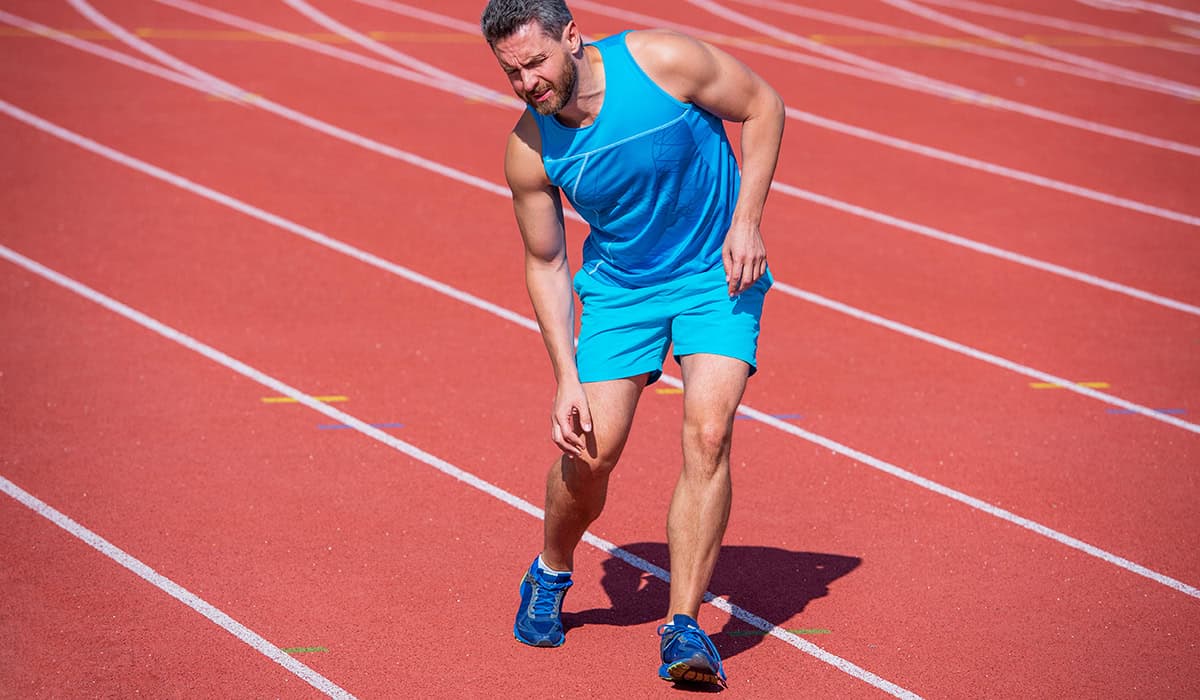
Can the player move the injury on their own, and what is their range of motion like? Check how easy it is for them to do so and their reactions to the movements as well.
Make sure that they do not force themselves to move in any way that is painful.
Passive Movement
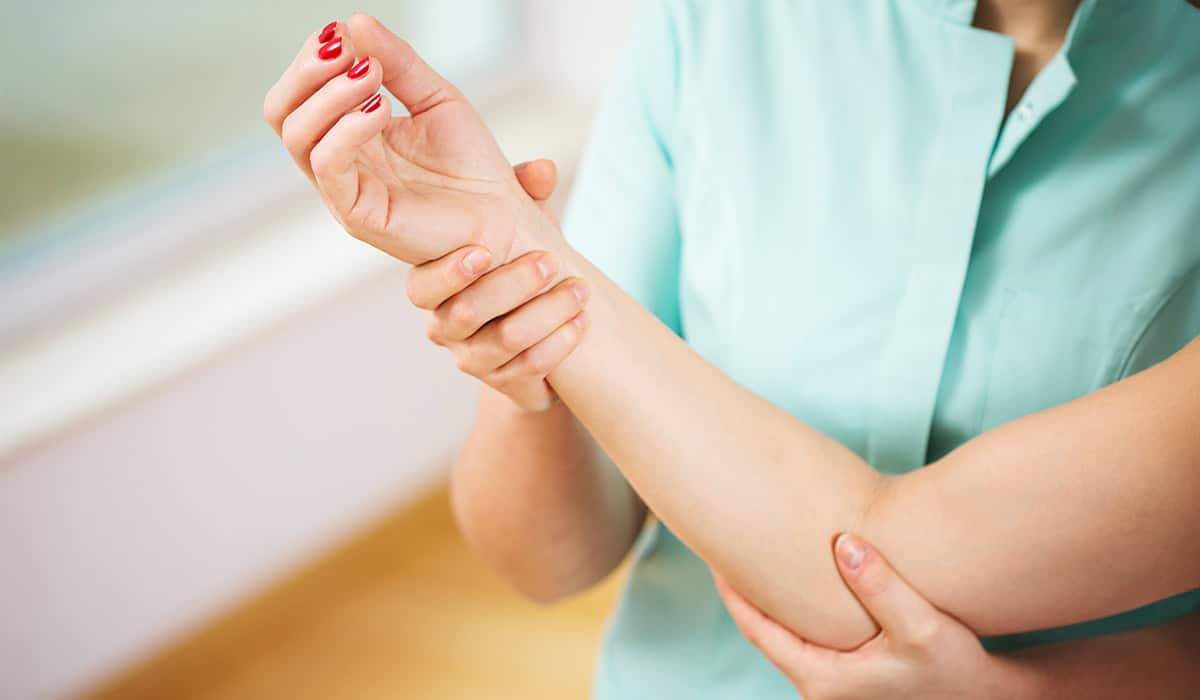
In contrast to actively moving the site of injury, what does it feel like when the area is being moved by someone else?
Ask the person to relax and gently move the limb yourself. Make sure to ask about any pain or tenderness they might be feeling as this is going on; if they do feel pain, it is likely to be a tendon or ligament injury.
Strength
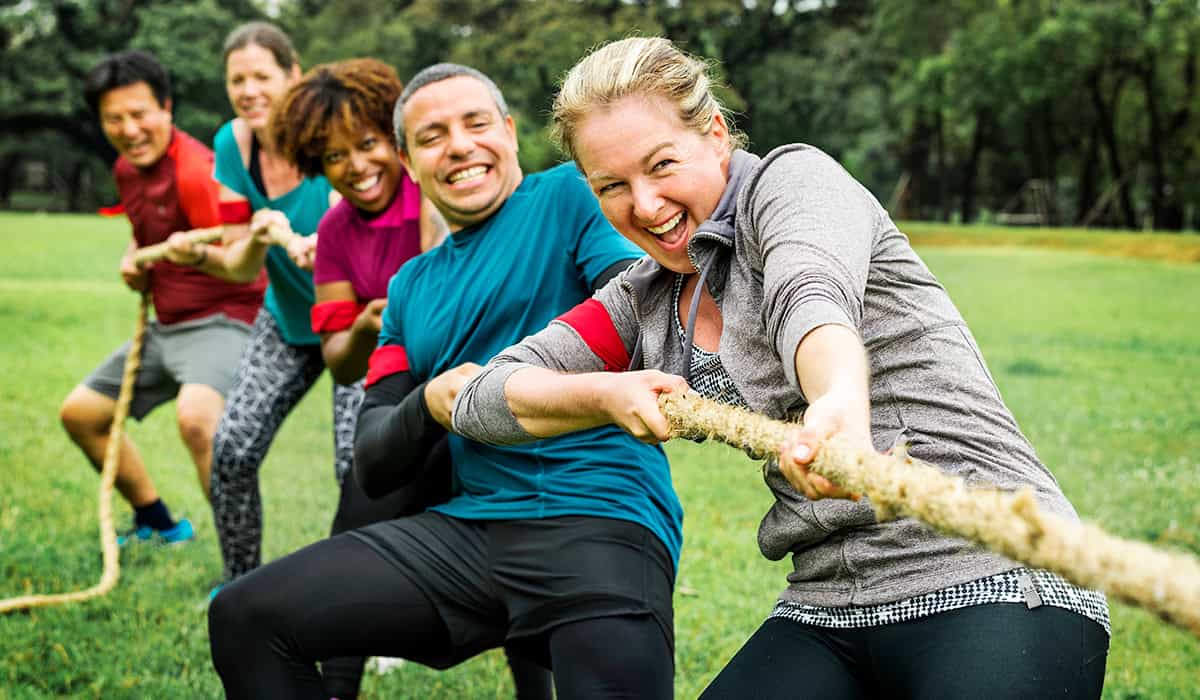
Finally, see how well the injury does against resistance, this could be having them push against your hand or seeing if they can stand unassisted, to determine the strength their injured site still has.
Slowly build up the weight being put on the injury. For example with an ankle injury, start with asking them to stand unassisted, if they can do that progress to walking, then running or jumping. Only progress if they are able to and stop when it becomes too much.
Can SALTAPS be used for injuries outside of sports?
Yes, SALTAPS can be used to assess any minor injuries, not necessarily just those that occur during sports. Following these steps will allow you to accurately gain information and insight into how the injury occurred and how the casualty is feeling as a result.
If you want to learn more about sports first aid, we have a one-day training course available, which will also talk you through dealing with more severe injuries.
Read our other blogs for more information on first aid or contact us for further advice and information on our courses.
